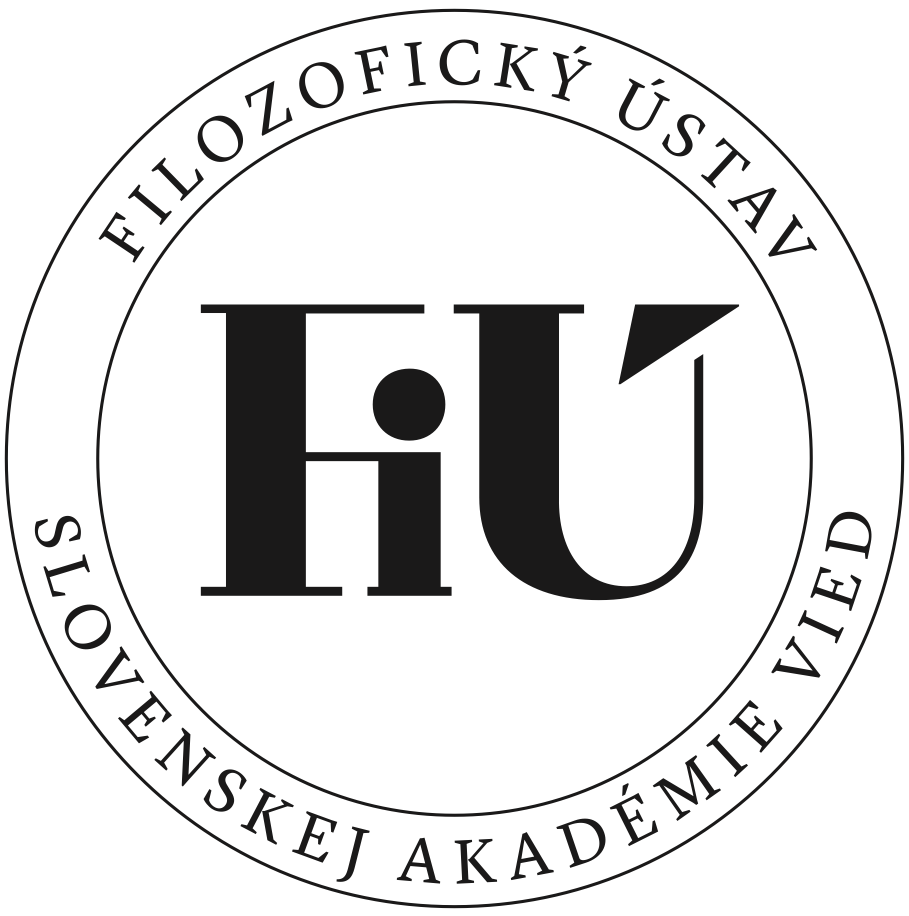Editorial Process
The editorial process begins with a reply to the author, in which the editors confirm that a paper with a request for publication has been delivered. The editorial process ends with the rejection of the paper or its approval, if it has been accepted for publication. There are several stages of the editorial process between the first response of the editors and the rejection or approval, during which suitability of the paper for publication in Filozofia is checked and ensured. Individual stages of the editorial process of articles, reflections, discussions – polemical papers and review articles are described in section 1. The editorial process for book reviews is described in section 2.
1. Stages of the editorial process
1.1 First screening of the paper
In this phase, the editors will get acquainted with the content of the paper, assess its thematic suitability, and also get a basic picture of its scientific qualities. At this stage, compliance with the formal requirements, which are set out in the Guidelines for Authors, is checked. The contribution might be rejected at this stage of the editorial process. If the paper passes this stage, it might be subjected to a preliminary assessment (section 1.2) or enter the review process directly (section 1.3).
1.2 Preliminary assessment
The paper is included in the preliminary assessment only if the editors have doubts about its suitability for the journal Filozofia, which could not be ruled out after the first screening of the paper. The result of the preliminary assessment is a feedback from an expert in the field to which the paper in question belongs. It is intended for the editors, and it serves as the basis for their further decision on the paper. For the preliminary assessment, the paper is sent in an anonymous form, and the editors also maintain the anonymity of the preliminary assessor. The pre-assessment stage lasts approximately 14 days. The paper may be further submitted to the review procedure or may be rejected.
1.3 Review procedure
If the paper passes through the previous stages of the editorial process, it is sent in an anonymous form to two anonymous reviewers. The peer review process starts when the suitable reviewers accept the journal's invitation to review. The review process usually ends with the delivery of two structured reviews to the editorial office. The standard length set for the submission of the review is 30 days. However, the total length of the review process may be significantly longer (but also shorter), for example, if the reviewer contacted by the editors does not accept the invitation to review the paper or does not submit the review on time. Another relatively common reason for prolonging the review process is an incompatibility of overall assessments (for various forms of overall assessment, see section 2.2 of the Guidelines for Reviewers). In this case, one reviewer recommends publishing the paper, while the other reviewer rejects it. If there is an incompatible overall assessment, the editors will look for a third reviewer, who will also be given 30 days to submit the review. Based on the results of the review procedure, the editors will make their final decision on the publication of the paper.
2. Book reviews
Book reviews are evaluated by the book review editor. They are not subject to the preliminary assessment nor to the review process. Based on the proposal by the book reviews editor, the editorial team informs the author of their opinion, in which they can accept, reject the review, or may ask the author to revise it.
3. Preparing a manuscript for publication
If the request for publication of the manuscript is accepted, the paper will be prepared for printing. If the paper is written in the Slovak language, the editors will ensure its proofreading. This phase of the editorial process is the last and ends with the author's approval of the final version of the paper ready for publication.
4. Length of the editorial process
The editorial process rarely takes less than 30 days. Depending on the circumstances, it may last up to 90 days.
